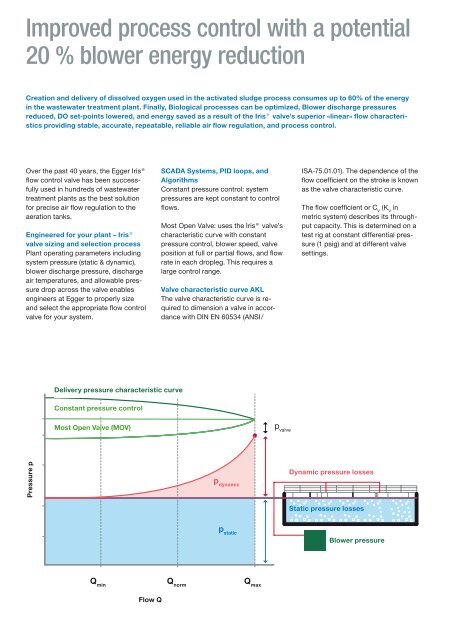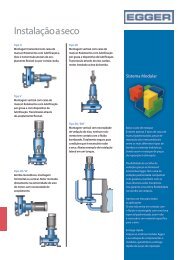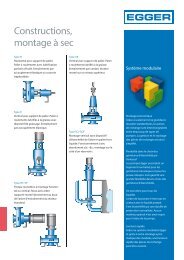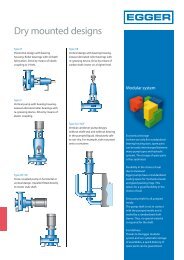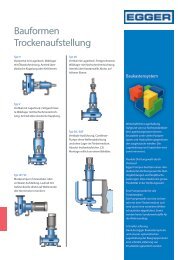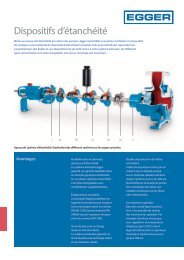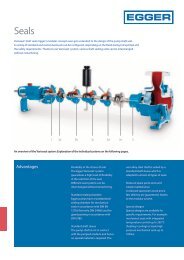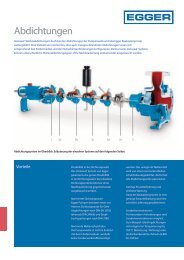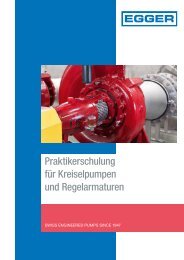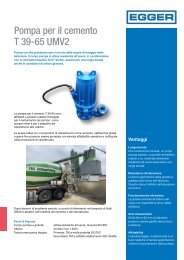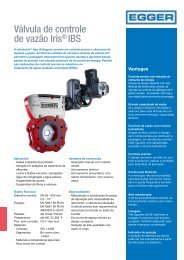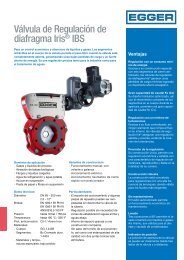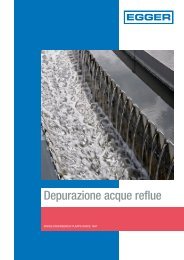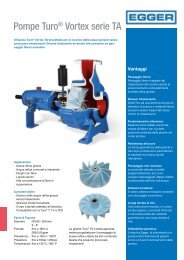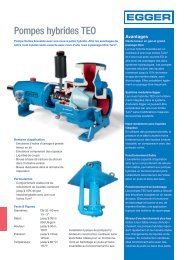Iris® Process Control Valve - Energy-saving regulation of activated air
Creation & delivery of dissolved oxygen used in the activated sludge process consumes nearly 60% of the energy in the wastewater treatment plant. Finally, Biological processes can be optimized, Blower discharge pressures reduced, DO set-points lowered, and energy saved as a result of the Iris valve’s superior «linear» flow characteristics providing stable, accurate, repeatable, and reliable air flow regulation. Over the past 40 years, the Egger Iris® flow control valve has been successfully used in hundreds of wastewater treatment plants as the best solution for precise air flow regulation to the aeration tanks.
Creation & delivery of dissolved oxygen used in the activated sludge process consumes nearly 60% of the energy in the wastewater treatment plant. Finally, Biological processes can be optimized, Blower discharge pressures reduced, DO set-points lowered, and energy saved as a result of the Iris valve’s superior «linear» flow characteristics providing stable, accurate, repeatable, and reliable air flow regulation.
Over the past 40 years, the Egger Iris®
flow control valve has been successfully
used in hundreds of wastewater
treatment plants as the best solution
for precise air flow regulation to the
aeration tanks.
Create successful ePaper yourself
Turn your PDF publications into a flip-book with our unique Google optimized e-Paper software.
Improved process control with a potential<br />
20 % blower energy reduction<br />
Creation and delivery <strong>of</strong> dissolved oxygen used in the <strong>activated</strong> sludge process consumes up to 60% <strong>of</strong> the energy<br />
in the wastewater treatment plant. Finally, Biological processes can be optimized, Blower discharge pressures<br />
reduced, DO set-points lowered, and energy saved as a result <strong>of</strong> the <strong>Iris®</strong> valve’s superior «linear» flow characteristics<br />
providing stable, accurate, repeatable, reliable <strong>air</strong> flow <strong>regulation</strong>, and process control.<br />
Over the past 40 years, the Egger <strong>Iris®</strong><br />
flow control valve has been successfully<br />
used in hundreds <strong>of</strong> wastewater<br />
treatment plants as the best solution<br />
for precise <strong>air</strong> flow <strong>regulation</strong> to the<br />
aeration tanks.<br />
Engineered for your plant – <strong>Iris®</strong><br />
valve sizing and selection process<br />
Plant operating parameters including<br />
system pressure (static & dynamic),<br />
blower discharge pressure, discharge<br />
<strong>air</strong> temperatures, and allowable pressure<br />
drop across the valve enables<br />
engineers at Egger to properly size<br />
and select the appropriate flow control<br />
valve for your system.<br />
SCADA Systems, PID loops, and<br />
Algorithms<br />
Constant pressure control: system<br />
pressures are kept constant to control<br />
flows.<br />
Most Open <strong>Valve</strong>: uses the <strong>Iris®</strong> valve’s<br />
characteristic curve with constant<br />
pressure control, blower speed, valve<br />
position at full or partial flows, and flow<br />
rate in each dropleg. This requires a<br />
large control range.<br />
<strong>Valve</strong> characteristic curve AKL<br />
The valve characteristic curve is required<br />
to dimension a valve in accordance<br />
with DIN EN 60534 (ANSI /<br />
ISA-75.01.01). The dependence <strong>of</strong> the<br />
flow coefficient on the stroke is known<br />
as the valve characteristic curve.<br />
The flow coefficient or C V<br />
(K V<br />
in<br />
metric system) describes its throughput<br />
capacity. This is determined on a<br />
test rig at constant differential pressure<br />
(1 psig) and at different valve<br />
settings.<br />
Delivery pressure characteristic curve<br />
Constant pressure control<br />
Most Open <strong>Valve</strong> (MOV)<br />
p valve<br />
Pressure p<br />
p dynamic<br />
Dynamic pressure losses<br />
Static pressure losses<br />
p static<br />
Blower pressure<br />
Q min<br />
Q norm<br />
Q max<br />
Flow Q


